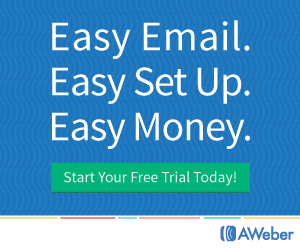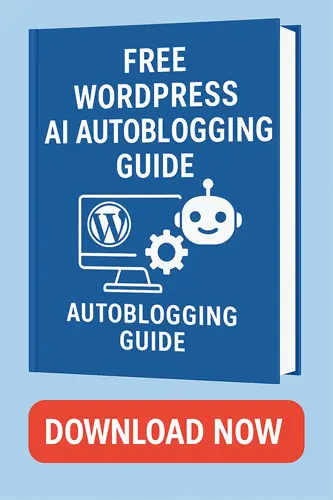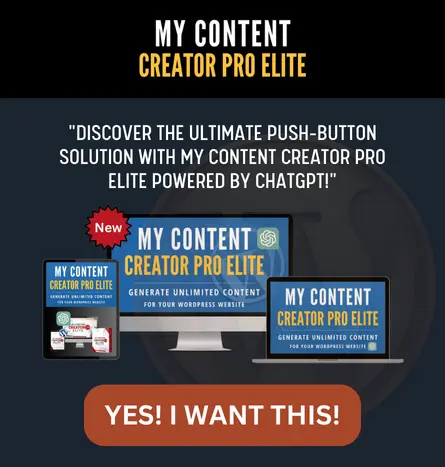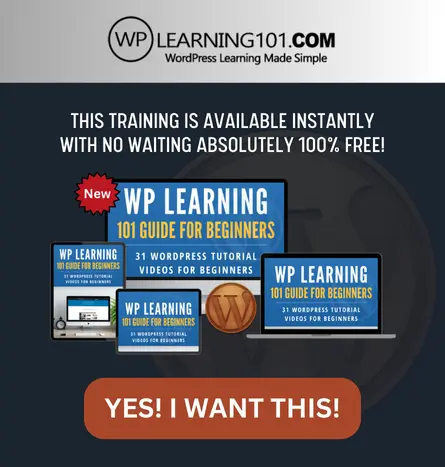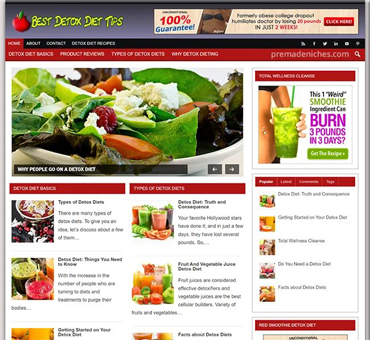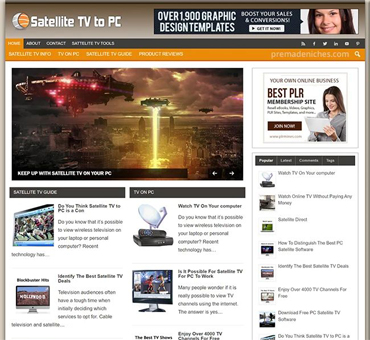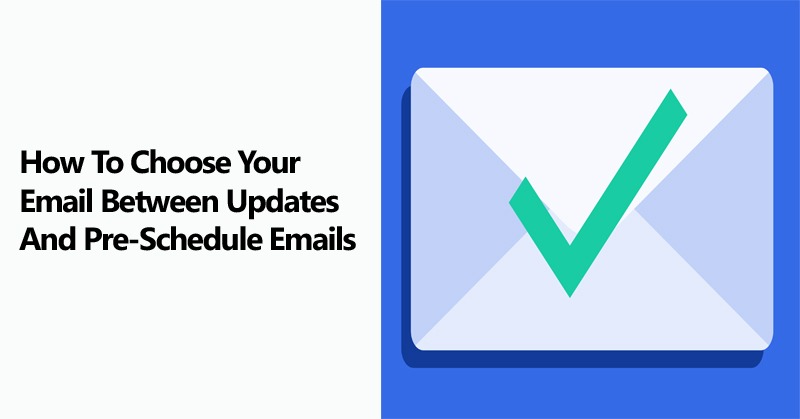

The next question that you’re going to have to tackle is when you will be sending out your emails. You have to understand that your squeeze page sets up your list members’ expectations. If you do things right, your list members would not be surprised that you’re sending out emails to them. They would expect this information.
You have to decide whether your list is going to be an update-driven list or a scheduled list. People who sign up for update-driven lists expect emails to come at any time. Maybe there is a late-breaking news in your niche. Maybe there is a hot development that needs their attention. Whatever the case may be, people who sign up for such lists expect updates to come at any time. In fact, they wouldn’t mind if they receive several emails within a day.
On the other hand, there are lists that are expected to send updates every once in a while. Maybe there are no late-breaking developments. Maybe there is a shortage of news in your niche. Regardless of the reason, people expect to receive emails only if there is something really important in your update.
Finally, there are many lists that involve pre-scheduled updates. These are usually tutorials or autoresponder series that people specifically sign up for. For example, if I sign up for an email list that is promising to teach me how to trade bitcoin, on a weekly basis, I would expect that I would receive a tutorial email with links to instructional videos once a week.

Make sure you set up the right expectations because this will decide how frequent your updates will be. Timing depends on subscriber expectations. Make sure that your squeeze page and all other promotional materials set up the right expectations. Be as clear as possible. Do your readers expect to be sent only the most relevant and pressing information? Do they expect periodic emails as they “step through” certain information?
I wish I could tell you that this is pretty straightforward, but it isn’t. It really depends on the incentive you’re using. It is also influenced by your target niche. Maybe you’re in a niche where people expect rapid updates. For example, the cryptocurrency world changes rapidly. There are all sorts of late-breaking news. If you were to sign up for a mailing list specializing in cryptocurrency, you probably would want to be notified about the latest moves by global regulators or authorities involving bitcoin and other cryptocurrencies.
Finally, you might want to consider the industry standard of your niche. If you sign up for your competitor’s list and you notice that they tend to have the same schedule when it comes to their updates, then you might want to start with that schedule. You should start there, but this does not necessarily mean that you should end there. Use their schedule as a starting base and then tweak your email schedules based on the actual behavior of your list members.
Pay attention to the following tips to make sure you maximize the results you get from your email lists.
"Click Bellow To Start Your 30 Day Trial"
Optimize for maximum opens or responsiveness
Now that you’ve set up your mailing list, your main job is to make sure your emails are getting opened, read, and acted on. This is the essence of list marketing. If you fail to optimize your emails, then your email list is dead in the water. It really would be. Why? What’s the point of getting a lot of people to join your mailing list when they’re not going to be reading your emails? If nobody is clicking on your links or reading your materials, then your business is practically dead.

There is no way you could make money from your list when people are not taking action on the emails that you send out. You have to work actively to maximize the percentage of people opening your emails, reading them and clicking on them. Each of these actions involves fewer and fewer people. You can start with 1,000 people on your list and end up with only 100 people opening your emails. Of those people, only 20 might end up clicking on the link included in the body of your email.
Think in terms of this filtration process.
Try to maximize the percentage of people taking action at each step. Start out with a large base of list members. Try to maximize the number of people opening your email and then work to increase the number of people reading through your emails and clicking through to your target website.
How do you optimize for maximum open rates and responsiveness? It is actually quite simple. First, you need to be clear about your target niche for your list. Put simply, your updates have to be all about your niche. They have to be targeted to the set of problems people in your niche have.
Set the right expectations with your squeeze page.
Inform people before they sign up to your list that they would be receiving email updates. Clue them into the value those email updates will bring to their lives. Don’t just play up the incentive that you’re giving out so people can join your list. That’s how a lot of list marketers fail. They put too much emphasis on their bribe and don’t pay enough attention to getting their prospective list members excited about the emails they will be receiving.

If you put too much emphasis on the giveaways and incentives you are using to get people to sign up to your mailing list, don’t be surprised when people get shocked that they received an update from you. They might even be blind to the fact that they signed up to a mailing list. Your squeeze page might have emphasized or played up the incentive so much that your list members were under the impression that you’re just giving away free stuff and won’t be sending them emails.
Set the right expectations with your squeeze page. Emphasize the value of the emails people will be getting. Clue them into the fact that they will be receiving emails.
Make sure that there is a tight fit between the incentive you’re offering and the needs of your audience members.
Whatever incentive you’re giving away, it must speak directly to the needs of your audience members. This is how you create value in their eyes. The more valuable, credible, and authoritative your brand appears to them, the higher the chance that they would open your emails and take you seriously. If it turns out that you are offering incentives that don’t really directly address their needs, they are probably not going to be all that eager to open and much less take action on the emails you send.
Another way you can optimize your email marketing is to send only relevant and on-point updates or autoresponder texts. In other words, when people sign up for a specific niche, everything that they receive from you would talk about that niche and nothing else. If you send out updates that have nothing to do with what your list members signed up for, don’t be surprised if a lot of them would unsubscribe. You shouldn’t be all that shocked when people stop reading your emails. They may remain on your mailing list, but they don’t do anything. They are no longer opening your emails.
Make sure to send only relevant and on-point updates.
This way, you preserve your chance of actually making money off your mailing list. It doesn’t matter whether you’re sending updates or you have pre-programmed autoresponder emails being sent out by your system. Your stuff has to be relevant. Otherwise, your list members would start ignoring your updates.

Make sure that everything in your email is consistent.
It’s not enough that your email talks about the problems of the niche your list members signed up for. Your emails must be internally consistent. You must remain focused like a laser in adding value to the lives of your list members. They should immediately see that reading your emails would add something to their lives.
Finally, once you have people on your main email list, you need to work quickly to segment them.
In other words, when people sign up for your general niche list, you need to start sending updates that would enable them to separate or filter themselves based on the specific sub-problems that they are interested in.
You can also send updates with links to low-cost products, so you can segment your list membership base into 2 camps: proven buyers and information list members. Once you have these 2 segmented lists going, you can then spend a lot more time trying to convert the proven buyers so they can buy higher-dollar items.


